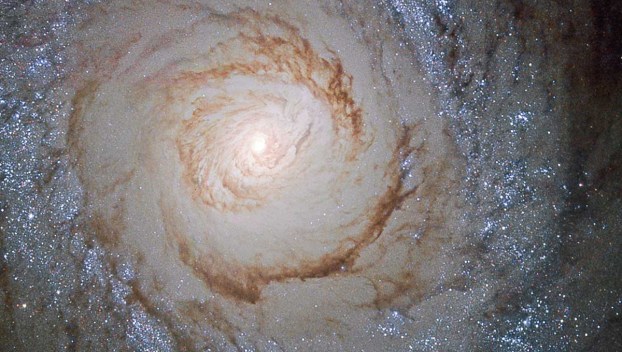
Uncategorized
Hubble captures a close up, crystal clear image of a neighboring galaxy
The online gallery is just a few months old, but the images offer incredible glimpses of space, Earth, ... Read more

The online gallery is just a few months old, but the images offer incredible glimpses of space, Earth, ... Read more